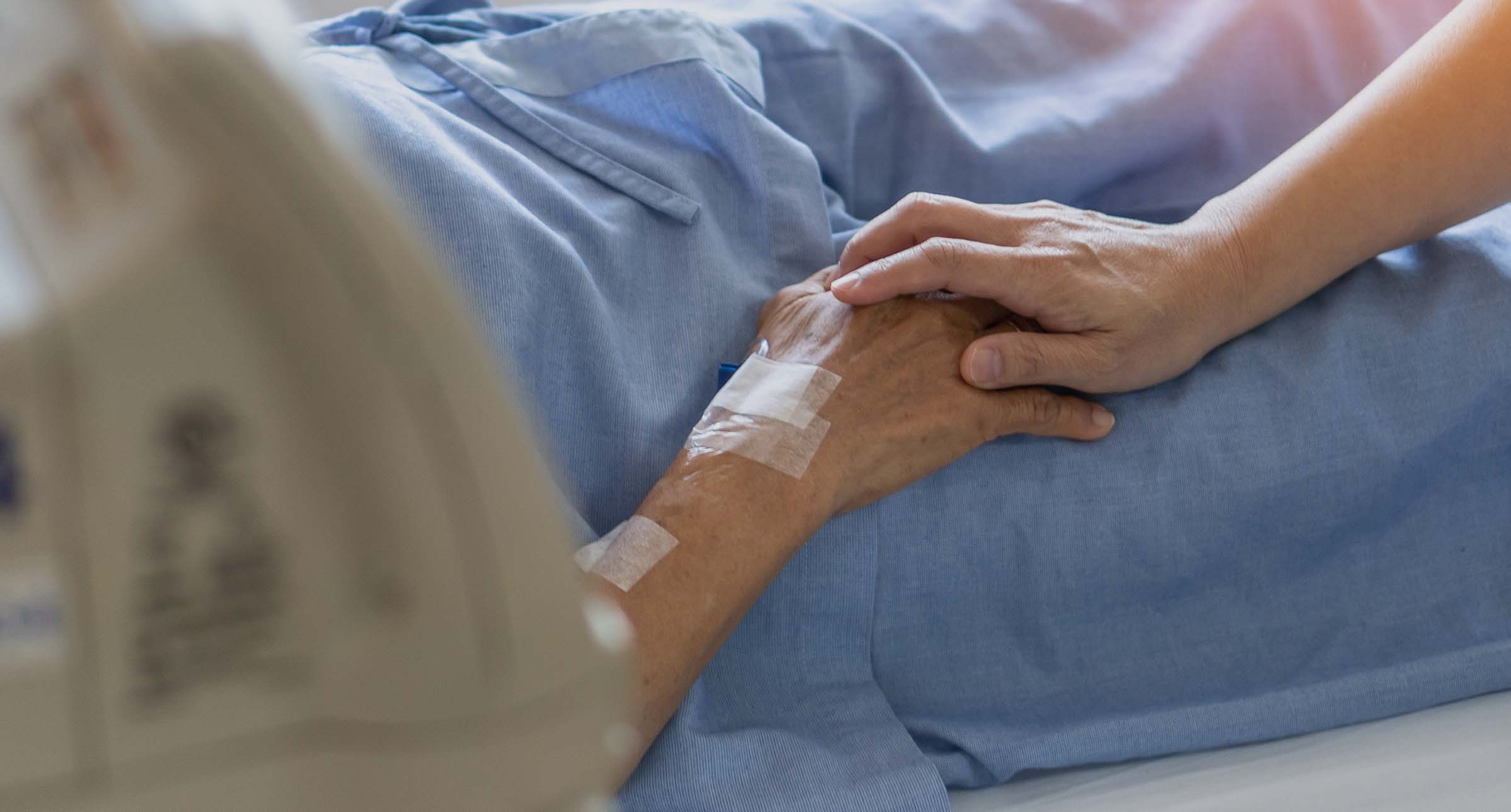What you need to know about claiming for misdiagnosed skin cancer

According to Cancer Research UK, each day around 46 people are diagnosed with melanoma skin cancers. It is the fifth most common cancer in the UK, with the numbers rising each year. Although mortality rates have remained stable over the last decade, statistics show that skin cancer is still responsible for taking the lives of six people every day. 86% of skin cancer cases in the UK, are preventable.
Most skins cancers are caused by over exposure of ultraviolet rays. Most commonly, these come from either long-term exposure or short periods of intense exposure from the sun, as well as from artificial UV rays such as tanning beds.
Early detection is key to successfully treating skin cancers. It is therefore important to identify and diagnose cases as soon as possible.
Doctors owe their patients a duty of care to screen for skin conditions such as cancer. But unfortunately, a lot of skin cancers cases go undetected. This means they become more advanced, which can lead to therapy being much more challenging and, in some cases, less effective.
For this reason, it is important to check your skin for early signs of skin cancer.
Signs to be aware of
The “ABCDE” rule is an easy to remember method to determine whether a mole might be cancerous. If you see two or more of the following warning signs, it is important to consult your GP as soon as possible.
Asymmetry: an asymmetrical mole or growth present
Border: a mole with an uneven border
Colour: two or more colours
Diameter: a mole which is larger than 5mm
Elevation: a raised mole
Firm: a firm or solid mole
Growth: this includes any signs of change.
How can undiagnosed skin cancer be a result of negligence?
If you have presented with any of the above symptoms to your doctor and they have not been investigated further, you may have a claim for negligence.
Unfortunately, in some cases there may have been a misdiagnosis or delayed diagnosis which results in debilitating injuries and/or invasive treatment. There are also some cases where a delayed diagnosis leads to a death which could otherwise have been avoided.
Delays often occur when a doctor has failed to notice the signs of skin cancer. Often, signs are picked up but there have been delays in referring patients, or delays in undertaking investigations. As a result, cancers go unnoticed and patients often suffer from prolonged pain and suffering and in some cases, complications which could have been avoided.
When can I claim for skin cancer misdiagnosis?
If you have received negligent treatment, you might be able to pursue a claim for compensation.
Although no amount of compensation will change what has happened, our aim is to try and put you back in the position you would have been in had the negligence not occurred. This can include a claim for lost earnings, future loss of earnings, medical expenses and aids and equipment.
What can I claim for after delayed diagnosis of skin cancer?
There are two kinds of damages claimed for in the process of a medical negligence claim:
-
General Damages
General damages include compensation for any pain, suffering and loss of amenity which you have suffered, and which could have been avoided had the negligence not occurred.
We usually refer to legal guidelines and similar reported cases to determine how much should be claimed for pain and suffering. General damages can also include a claim for psychological injuries resulting from the negligence.
-
Special Damages
This covers any financial losses suffered as a result of the negligence, including any time you have taken off work as a result.
Special damages also include any future loss of earnings, costs for aids and equipment, travel expenses and rehabilitation. It can also include gratuitous care provided by loved ones.
Are there any time limits for bringing a skin cancer claim?
In claims for clinical negligence, you have three years from the date the negligence occurred. This three-year period is known as the limitation period.
Occasionally, there are cases where a patient may not have realised, he/she had received substandard treatment until they were diagnosed. For example, the negligence may have occurred in 2020 (failing to diagnose cancer or misdiagnosing cancer) but the patient was only diagnosed in 2022. In these circumstances, the three-year period will run from the date that the patient is diagnosed as this is the date, he/she became aware of the negligent treatment. This is known as the ‘date of knowledge.’
In cases where a victim of clinical negligence has passed away, the limitation period starts from the date of death.
How long will a claim for misdiagnosed skin cancer take to settle?
On average, a clinical negligence claim can take anywhere between two to four years to settle. This all depends on the complexity of the claim, the amount of evidence/ investigation required and the cooperation of third parties involved.
There are a number of third parties that we may need to liaise with as part of a clinical negligence claim including experts, counsel and the defendant’s insurers. Therefore, timeframes will depend on how quickly information can be acquired and responses obtained from everyone involved.
Contact our team to find out if our specialist medical negligence solicitors can help you claim compensation.
Call now






